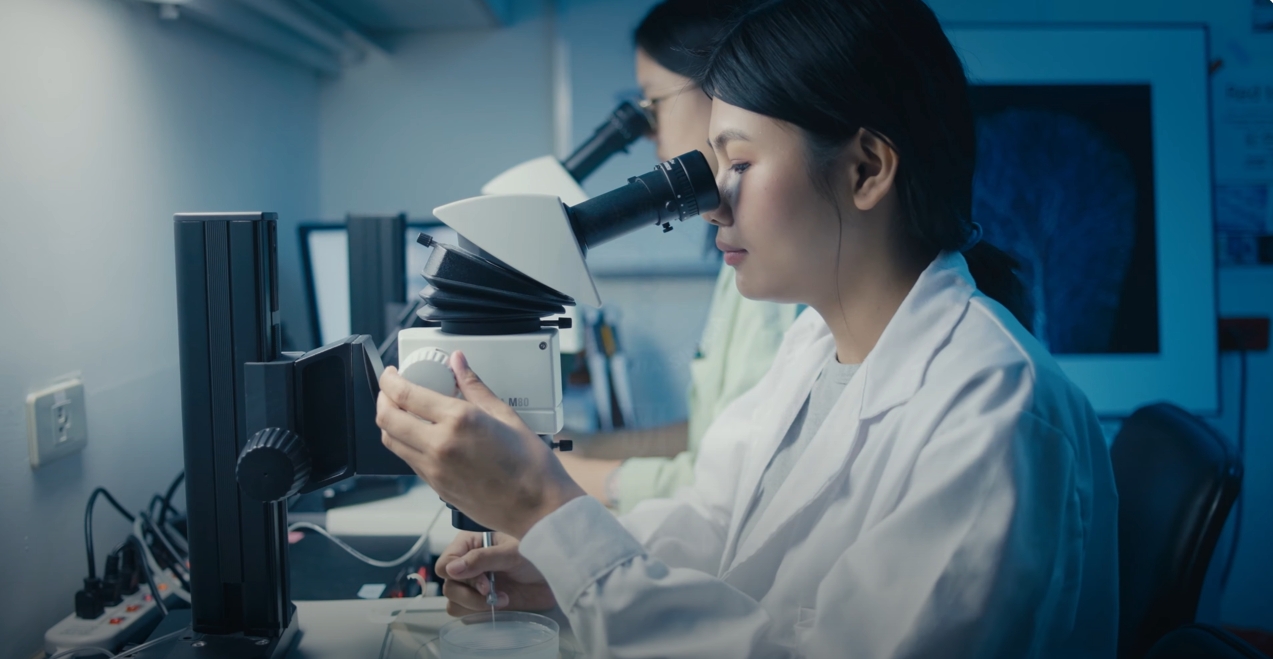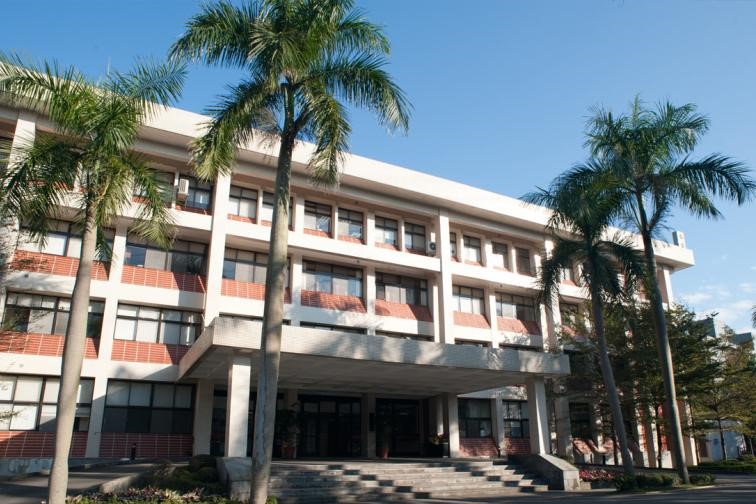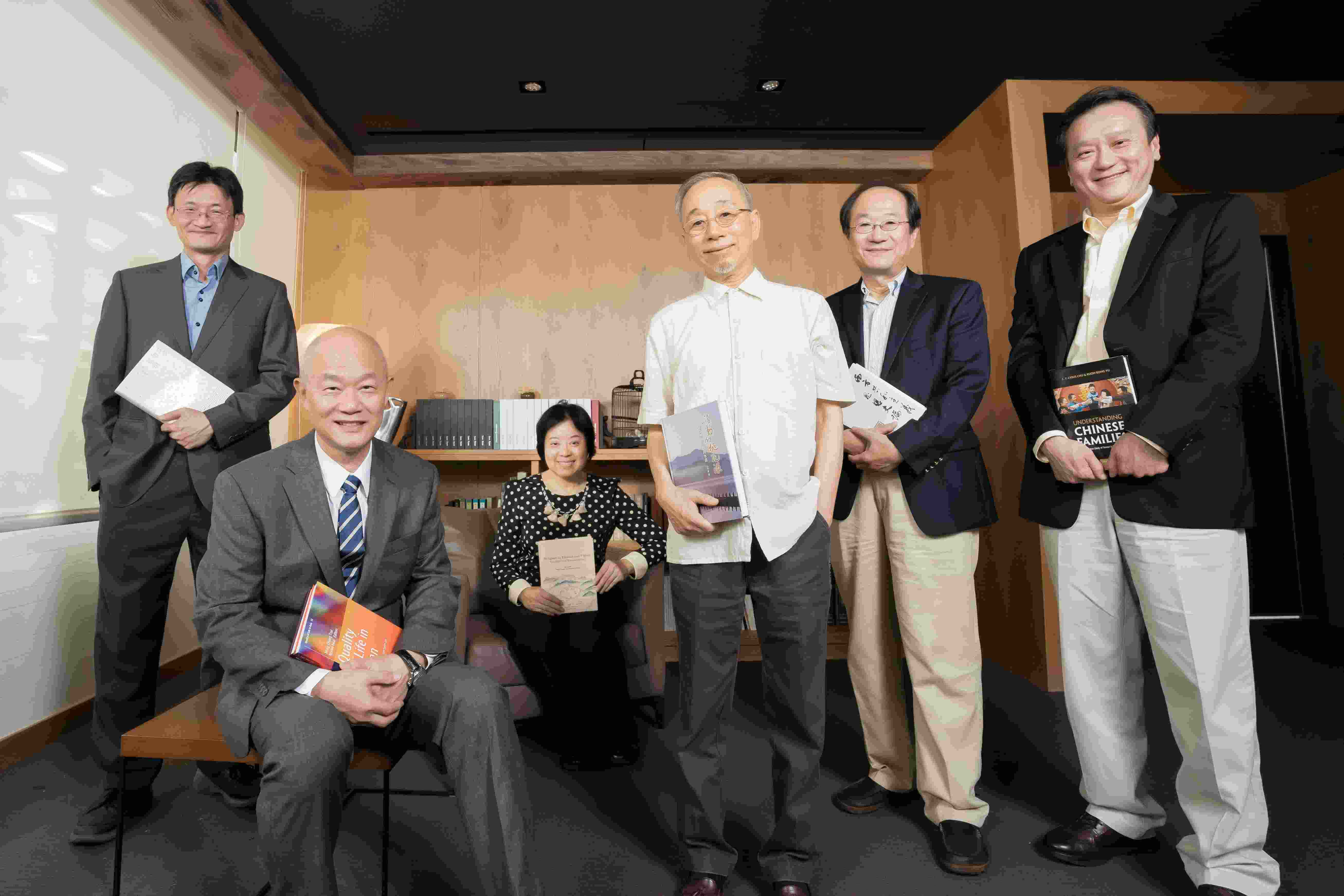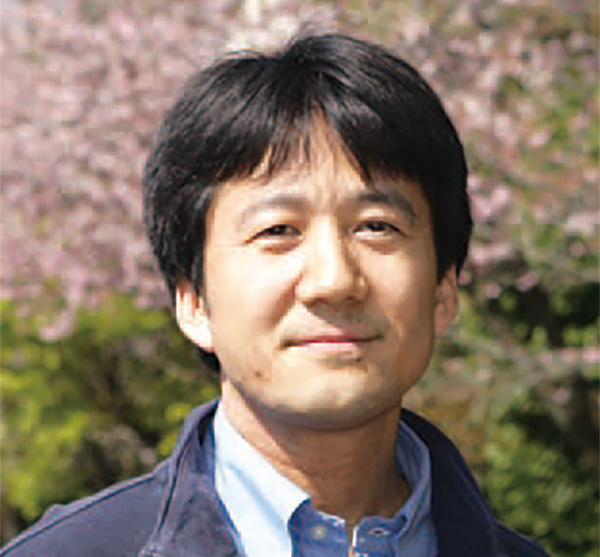- 演講或講座
- 原子與分子科學研究所
- 地點
原分所張昭鼎紀念講堂 (臺大校園內)
- 演講人姓名
Prof. Kazuhiro Maeshima (National Institute of Genetics and Sokendai (Graduate University for Advanced Studies), Japan)
- 活動狀態
確定
- 活動網址
In higher eukaryotic cells, strings of nucleosomes, where long genomic DNA is wrapped around core histones, are irregularly folded into numerous condensed chromatin domains (1,2). Inside these domains, nucleosomes fluctuate and locally behave like a liquid (2,3). While nucleosome behavior is assumed to be highly related to genome functions, it remains unclear how this behavior changes during the cell cycle. During interphase, the nucleus enlarges and genomic DNA doubles. Previous reports have shown that chromatin movements vary during interphase on a minute or longer time-scale. However, using single-nucleosome imaging and tracking (4), we reveal that local nucleosome motion on a second time-scale remains steady throughout the G1, S, and G2 phases in live human cells (4). Combined with Brownian dynamics modeling, our results suggest that this steady-state nucleosome motion is mainly driven by thermal fluctuations. We propose that this observed steady-state nucleosome motion allows cells to perform housekeeping functions, such as transcription and DNA replication, in similar environments during interphase (4). Furthermore, during mitosis, the copied genome must be faithfully transmitted to two daughter cells as condensed chromosomes. Our single-nucleosome imaging demonstrate that nucleosomes in mitotic chromosomes are much more constrained than interphase chromatin. Condensins and local nucleosome-nucleosome interactions via histone tails are major constraining factors during mitosis (5).
References:
1, Maeshima, K., Iida, S., Tamura, S. (2021) Cold Spring Harbor Perspectives in Biology. a040675.
2, Maeshima, K. et al. (2024) Trends in Cell Biology. 34, 7-17.
3, Nozaki et al. (2023) Science Advances. 9, eadf148
4, Iida, S. et al. (2022) Science Advances. 8, eabn5626
5, Hibino, K. et al., (2024) Nature Communications. in press.









 首頁
首頁

